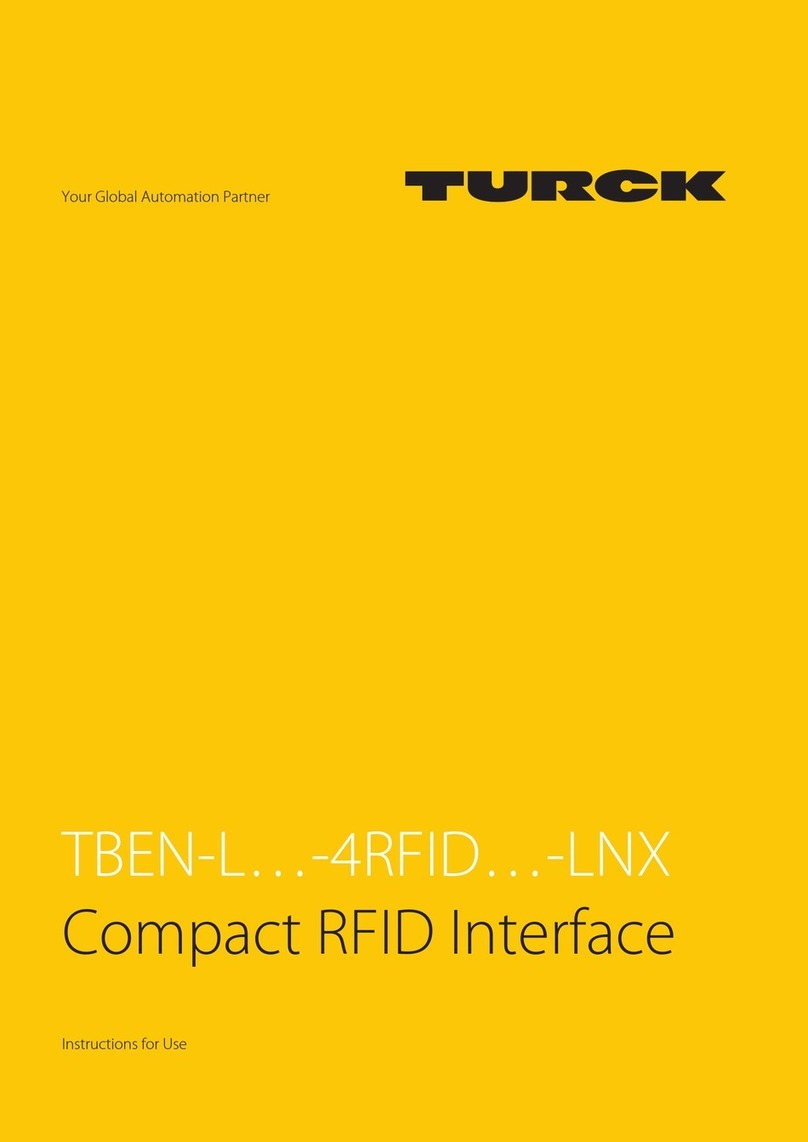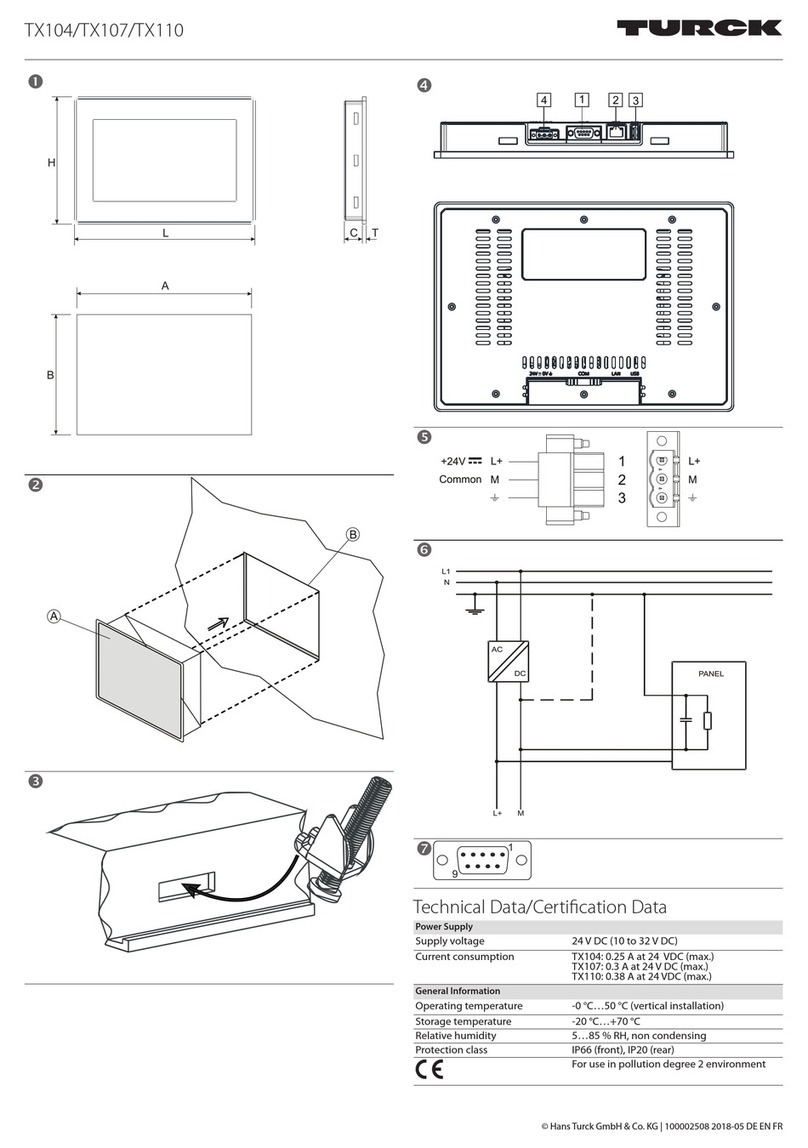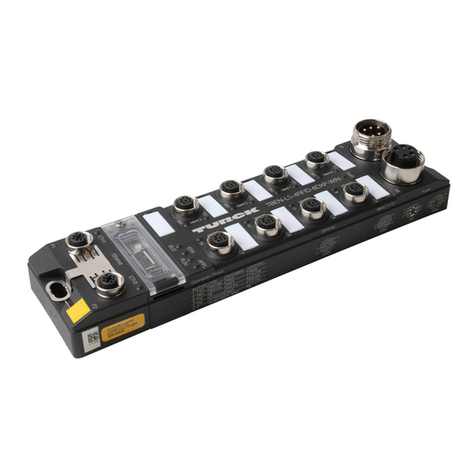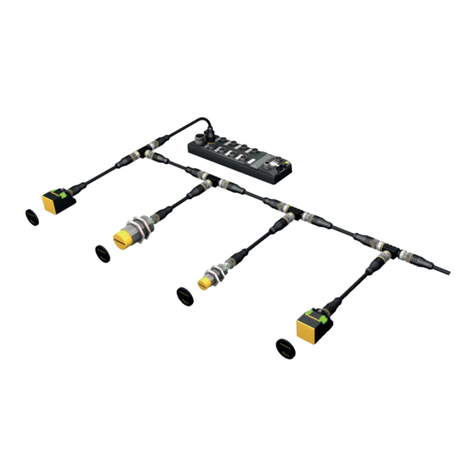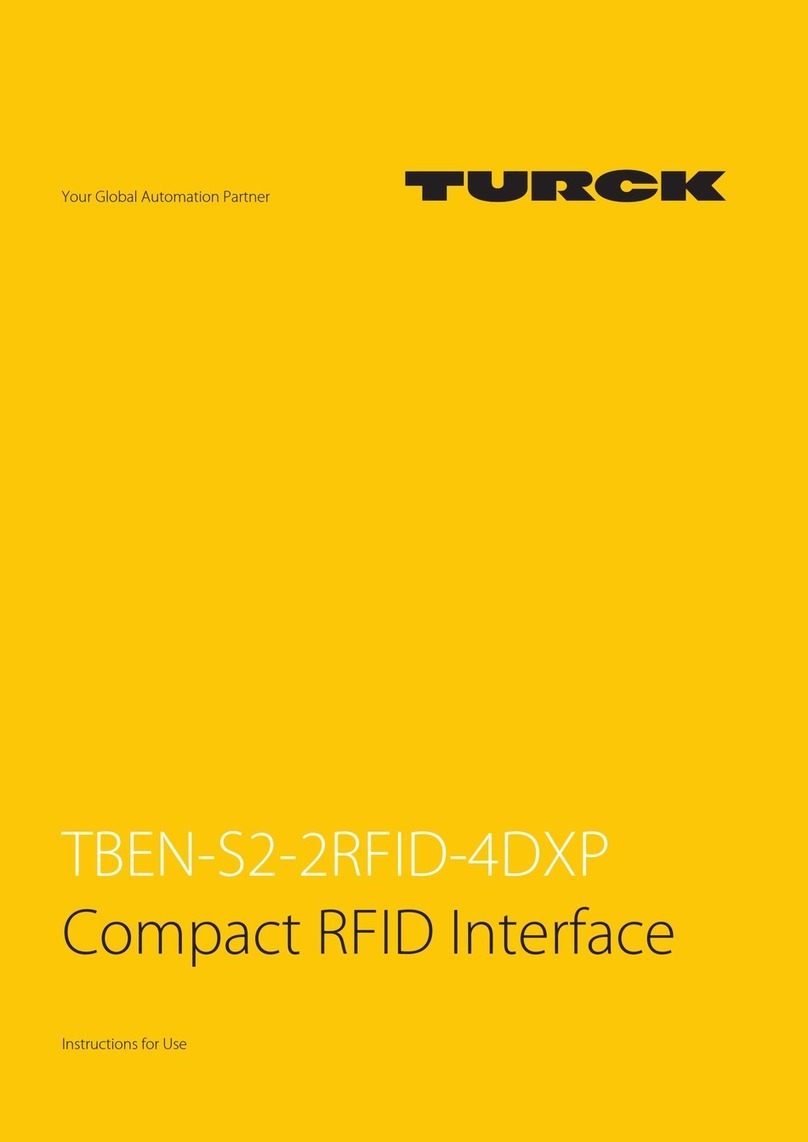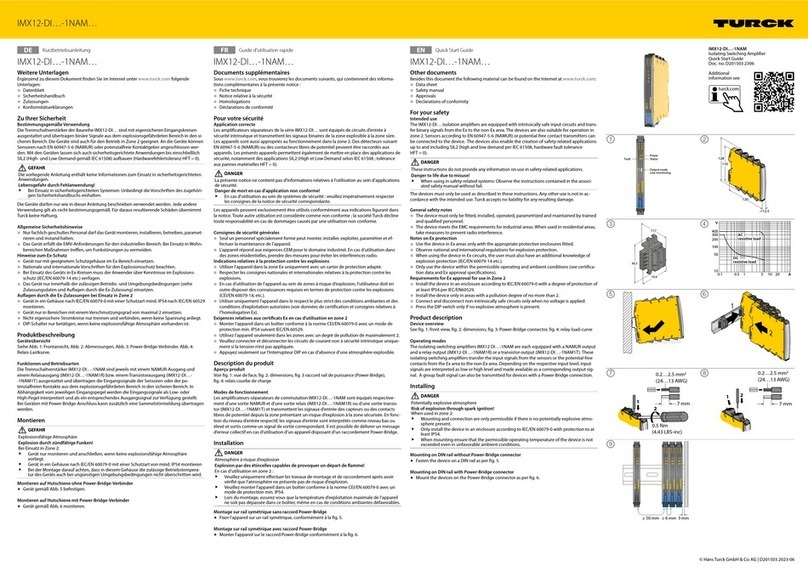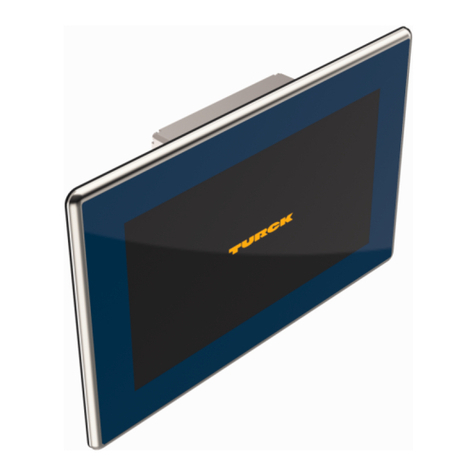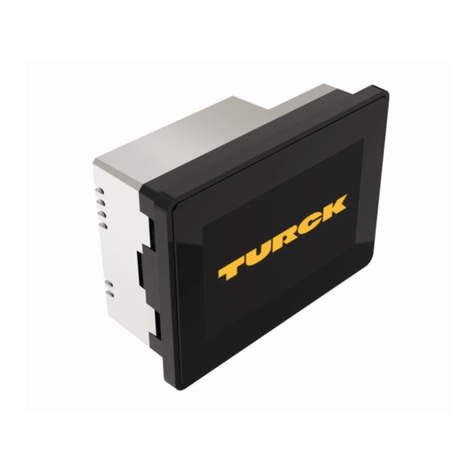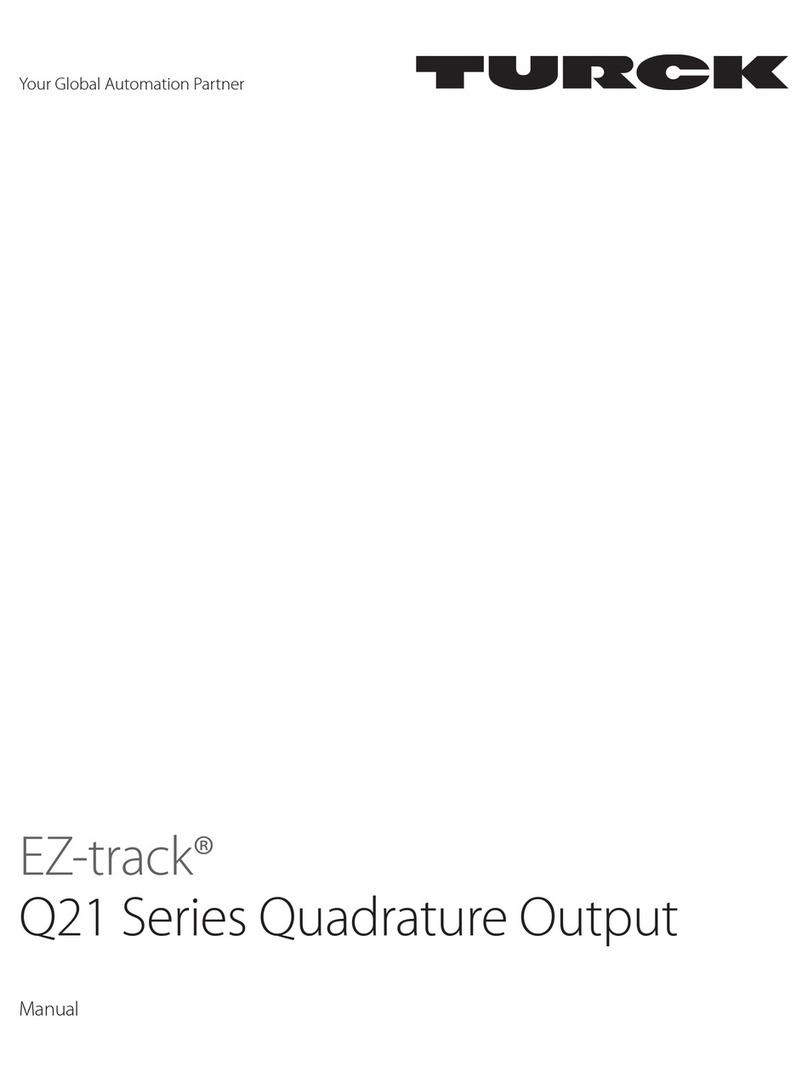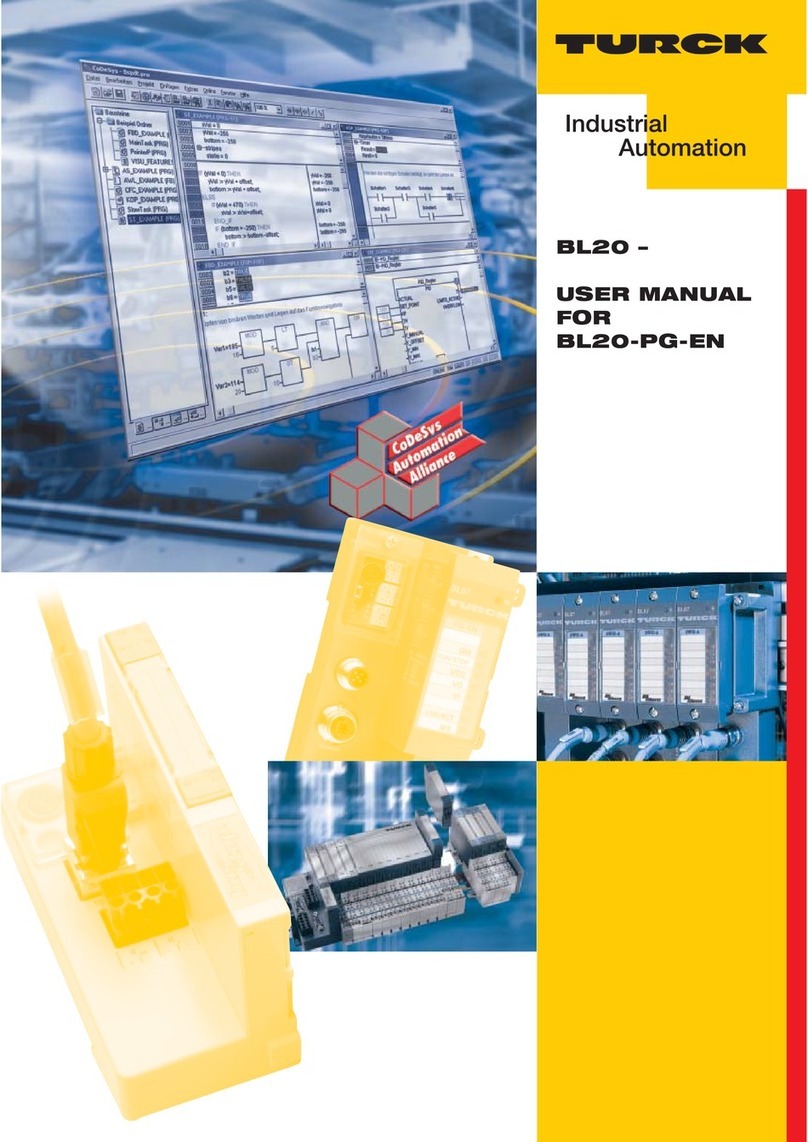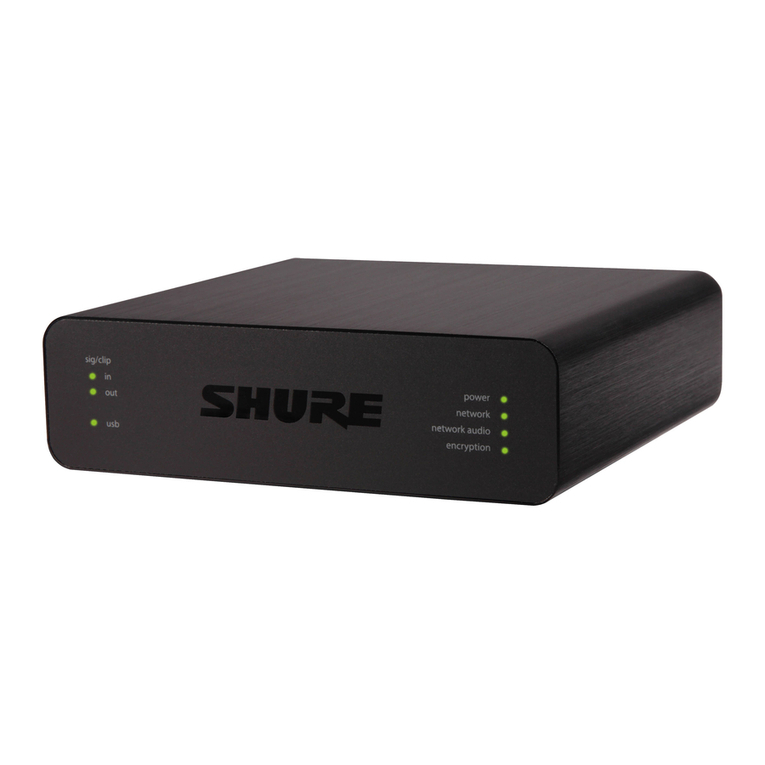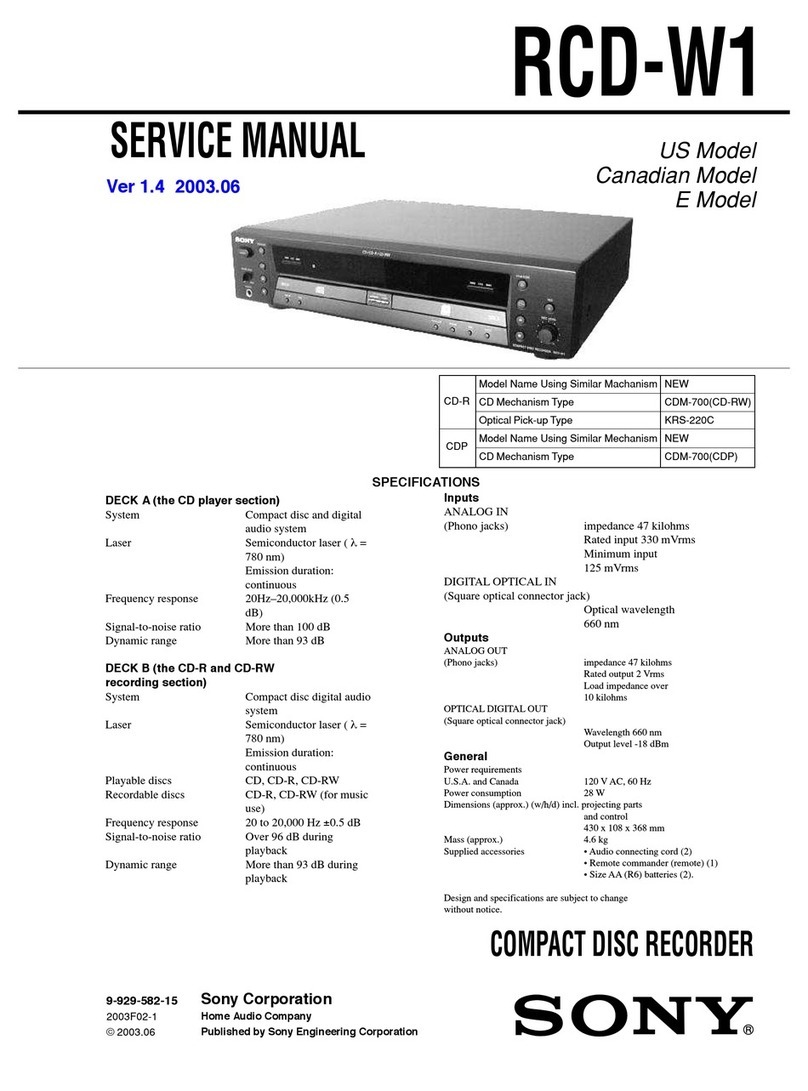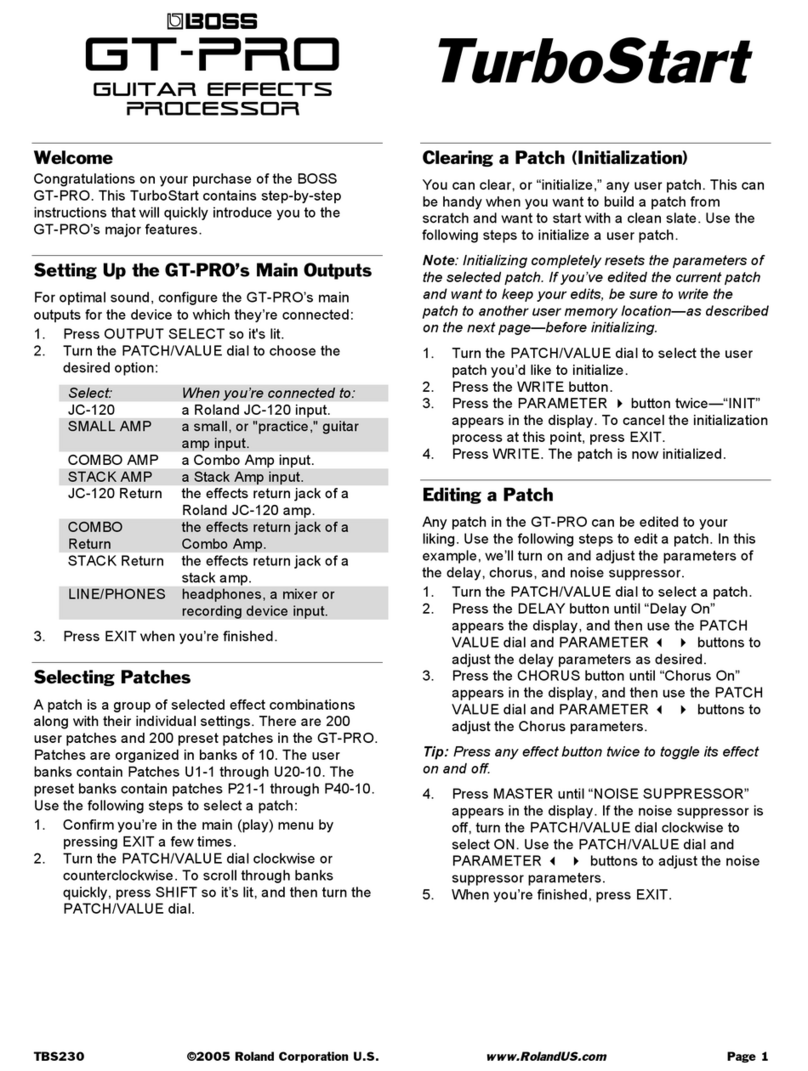Contents
4
Hans Turck GmbH & Co. KG | T +49 208 4952-0 | F +49 208 4952-264 | [email protected] | www.turck.com7.2.1 Connecting the device with the controller 30
7.2.2 Renaming a Modbus slave 34
7.2.3 Setting up network interfaces 35
7.2.4 Setting Modbus channels (registers) 37
7.2.5 Setting the I/O mapping 39
7.2.6 Writing the application to the device 45
7.2.7 Connecting the device online with the controller 51
7.2.8 Reading out process data 51
7.3 Connecting a device to an EtherNet/IP™ controller 52
7.3.1 Configuring the device in CODESYS as an EtherNet/IP™ slave 53
7.3.2 Setting up the network interface 61
7.3.3 Installing an EDS file 65
7.3.4 Connecting the device with the controller 69
7.3.5 Reading out process data 72
7.4 Connecting a device to a Siemens controller 73
7.4.1 Configuring the device in CODESYS as a PROFINET device 74
7.4.2 Setting up the network interface 82
7.4.3 Connecting a device to a Siemens controller in the TIA Portal 86
7.4.4 Reading out process data 92
7.5 Starting the device as the Modbus master 93
7.5.1 Setting up the network interface 99
7.5.2 Setting Modbus channels (registers) 103
7.5.3 Reading out process data 105
8 Setting 106
8.1 RFID channels – Setting parameter data 108
8.1.1 Meaning of the parameter bits 109
8.1.2 HF applications – Selecting the tag type 111
8.1.3 HF applications – Setting the bridging time 113
8.1.4 HF applications – Setting Continuous mode 114
8.1.5 HF applications – Setting HF bus mode 115
8.1.6 UHF applications – Setting Continuous presence sensing mode 120
8.1.7 UHF applications – Transferring read/write head settings 120
8.2 RFID channels – Evaluating process input data 121
8.2.1 Meaning of the status bits 124
8.2.2 Using “Tag in detection range” bit (TP) or "pre-loading" the command 125
8.3 RFID channels – Writing process output data 126
8.3.1 Meaning of the command bits 129
8.4 Digital channels – Setting parameter data 131
8.4.1 Meaning of the parameter bits 131
8.5 Digital channels – Evaluating process input data 132
8.5.1 Meaning of the status bits 132
8.6 Digital channels – Writing process output data 133
8.6.1 Meaning of the command bits 133
8.7 Digital channels – Setting switchable VAUX power supply 134
8.7.1 VAUX switchable power supply – Parameter data 134
8.7.2 VAUX switchable power supply – Output data 135
8.8 RFID channels – Overview of commands 136
8.8.1 Idle command 138
8.8.2 Inventory command 139
8.8.3 Read command 142
8.8.4 Write command 143
8.8.5 Write and verify command 145
